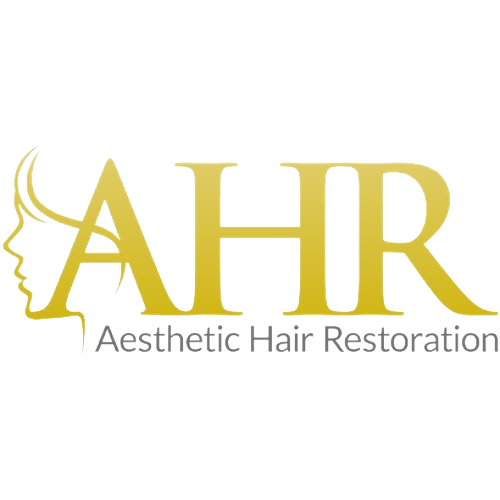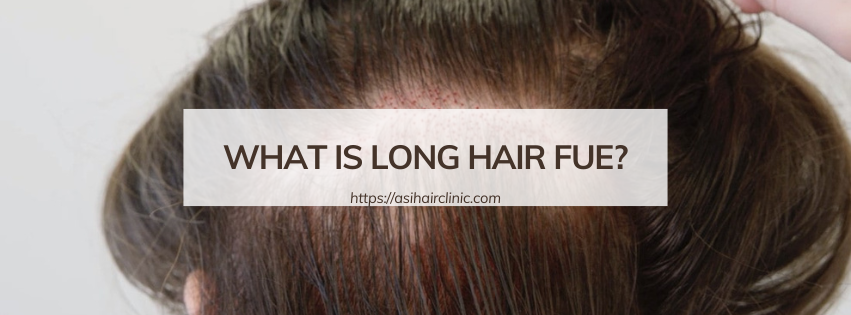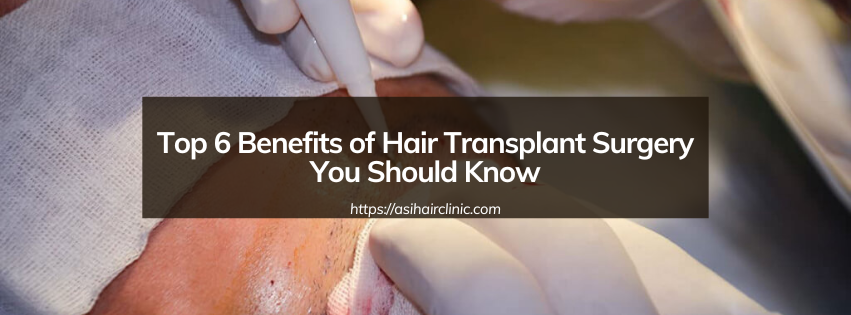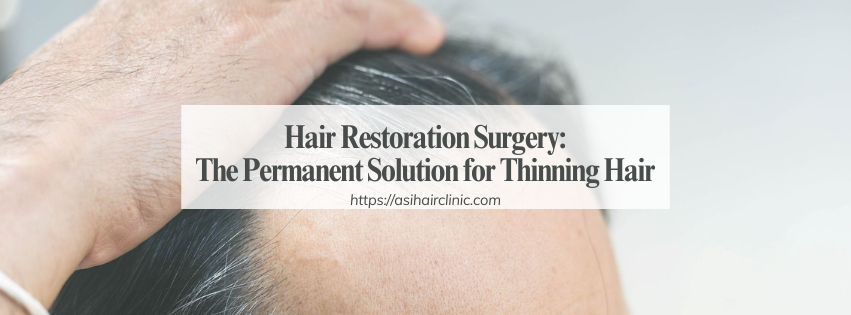How to Prevent a Receding Hairline
The topic of how to prevent a receding hairline is one that resonates with many individuals. Hair loss, especially when it begins to show in the form of a receding hairline, can affect self-esteem and confidence. Understanding how to mitigate this issue is essential for those seeking to maintain their hair's health and appearance. In this article, we will delve deep into various strategies, lifestyle changes, and possible treatments aimed at preventing or slowing down the progression of a receding hairline.
1. Understanding Hair Loss and Its Causes
Before diving into preventative measures, it's crucial to understand what causes a receding hairline. Hair loss can be attributed to a variety of factors, from genetics to environmental influences.
1.1. Genetics and Heredity
One of the most significant contributors to a receding hairline is genetic predisposition. If family members have experienced hair loss, there's a likelihood you may too. This hereditary condition, known as androgenetic alopecia, affects both men and women, albeit in different patterns.
The genetic component means that if your father or mother has had a receding hairline, your chances are higher. It's a biological setup that dictates how sensitive your hair follicles are to hormones like dihydrotestosterone (DHT). DHT can shrink hair follicles, leading to thinner and shorter hairs until they stop growing altogether.
1.2. Hormonal Changes
Hormones play a crucial role in hair growth and loss. Changes in hormone levels, especially during puberty, pregnancy, or menopause, can trigger a receding hairline. For instance, women often experience hair thinning due to hormonal fluctuations, while men may see a more aggressive pattern of hair loss as they age.
Understanding these hormonal dynamics is vital. For example, maintaining a healthy balance through diet, exercise, and medical consultation can significantly impact hair health. Hormonal imbalances can also indicate underlying health issues that might need to be addressed, such as thyroid problems or polycystic ovary syndrome (PCOS).

1.3. Nutritional Deficiencies
Another critical factor is nutrition. Hair requires specific vitamins and minerals to remain healthy. A deficiency in nutrients like iron, zinc, vitamin D, and biotin can contribute to hair loss and a receding hairline.
Incorporating a balanced diet rich in proteins, fruits, vegetables, and healthy fats is essential. Foods high in omega-3 fatty acids, like fish, nuts, and seeds, can improve scalp health and promote better hair growth. Understanding the nutritional needs of your body encourages overall well-being, which translates to healthier hair.
1.4. Stress and Lifestyle Choices
Stress is another common culprit behind hair loss. High-stress levels can lead to telogen effluvium, a temporary type of hair loss where hair prematurely enters the shedding phase.
Moreover, lifestyle choices such as smoking, excessive alcohol consumption, and lack of physical activity can exacerbate hair loss. Recognizing the connection between your lifestyle and hair health can motivate positive changes. Engaging in regular physical activities and adopting stress-reduction techniques like meditation or yoga can bolster not only mental health but also hair vitality.
2. Effective Treatments for a Receding Hairline
While understanding causes is essential, knowing how to combat these issues effectively makes a difference. Various treatment options exist today, ranging from topical solutions to advanced surgical methods.
2.1. Topical Treatments
Topical treatments are among the first lines of defense against a receding hairline. Products containing minoxidil have gained popularity for their effectiveness in promoting hair regrowth.
Minoxidil works by increasing blood flow to hair follicles and prolonging the hair growth phase. Users typically apply it directly to the scalp, and while results may take several months to appear, consistent application can yield noticeable improvements. However, it's crucial to manage expectations; not everyone will respond to minoxidil, and some might experience side effects.
Another topical option is finasteride, which is available by prescription. It works by inhibiting the conversion of testosterone to DHT, thus reducing hair loss. While effective for many men, it’s essential to consult with a healthcare provider before starting this treatment due to potential side effects.
2.2. Hair Transplant Surgery
For those experiencing significant hair loss, surgical interventions like hair transplants might be a viable option. This procedure involves moving hair follicles from areas of the scalp with dense hair to balding areas.
Advancements in technology have made hair transplant surgeries more effective and less invasive than ever. Techniques like Follicular Unit Extraction (FUE) allow for a more natural-looking result with minimal scarring. However, it’s essential to choose a qualified professional to perform the surgery, as the skill of the surgeon plays a pivotal role in the outcome.
Hair transplant surgery can be costly, and the recovery period varies. Hence, researching and weighing the pros and cons thoroughly is necessary before proceeding.

2.3. Natural Remedies
Many people seek natural remedies for hair loss, believing they can effectively promote new growth without the side effects often associated with conventional treatments. Natural oils-like rosemary, peppermint, and castor oil-are famous for boosting circulation in the scalp and encouraging hair growth.
For instance, rosemary oil has been shown in some studies to stimulate hair follicles and increase hair count. Mixing these oils with carrier oils such as coconut or jojoba oil facilitates better absorption into the scalp.
While natural remedies seem appealing, they often require patience and consistency. It can take time to see results, and what works for one person may not work for another. Conducting thorough research and perhaps consulting with professionals can help tailor your approach.
2.4. Supplements for Hair Health
In addition to topical treatments and natural remedies, supplements can provide the necessary nutrients that are sometimes lacking in one’s diet. Biotin has long been touted as an essential vitamin for hair health, with many claiming it promotes growth and thickness.
Other beneficial supplements include those containing vitamin E, zinc, and omega-3 fatty acids. These nutrients collectively support hair follicle function and overall scalp health, preventing premature hair loss.
However, moderation is key. Over-supplementation can lead to adverse effects. Consulting a healthcare provider before beginning any supplement regimen helps ensure that your approach aligns with your health goals.
3. Lifestyle Changes to Support Healthy Hair
Beyond treatments and remedies, implementing lifestyle changes can significantly impact the health of your hair. Emotional stability, physical well-being, and environmental factors all play roles in maintaining a robust hairline.
3.1. Managing Stress Levels
As mentioned earlier, stress contributes to hair loss. Developing effective stress management techniques can reduce its impact on your hair. Activities like mindfulness meditation, yoga, and deep-breathing exercises can lower cortisol levels, leading to improved hair health.
Additionally, engaging in hobbies and social activities boosts mood and reduces anxiety. Whether it's painting, hiking, or spending time with loved ones, finding joy in daily life can translate into better physiological health, including healthier hair.
3.2. Eating a Balanced Diet
What you consume matters. A balanced diet consisting of diverse foods fuels the body and, consequently, the hair. Incorporating nutrient-dense foods ensures your body gets the vitamins and minerals necessary for strong, resilient hair.
Consider adding leafy greens, lean proteins, whole grains, and healthy fats to your meals. Hydration is equally important; adequate water intake keeps the scalp hydrated, supporting optimal hair growth.
Observing how dietary changes impact hair health over time can provide insight. Keeping a food diary helps track progress and identify which foods may contribute positively to hair vitality.

3.3. Avoiding Harmful Practices
Certain practices contribute to hair damage and loss. Excessive heat styling, chemical treatments, and tight hairstyles can weaken hair and lead to breakage. Reducing the frequency of such practices allows hair to recuperate.
Opting for gentle hair care products-like sulfate-free shampoos and conditioners-protects hair from further damage. Using a wide-tooth comb prevents unnecessary pulling and breakage when detangling wet hair.
Investing time in proper hair care routines can make a world of difference. Emphasizing gentleness and nourishing the hair reduces the risk of exacerbating a receding hairline.
3.4. Regular Exercise
Physical activity positively influences overall health, including hair growth. Exercise increases blood circulation, ensuring that hair follicles receive the oxygen and nutrients they require.
Engaging in regular cardiovascular exercises, like running or cycling, elevates heart rates, improving circulation throughout the body. Resistance training can also enhance hormonal balance, contributing to better hair health.
Make exercise a part of your lifestyle rather than an occasional chore. Enjoying activities, whether solo or group-oriented, creates a sustainable habit that benefits both mind and body, leading to healthier hair.
4. Embracing Acceptance and Awareness
Ultimately, learning how to prevent a receding hairline involves acceptance and awareness. While treatments and lifestyle changes can significantly impact hair health, not every individual will achieve the same results.
4.1. The Role of Self-Confidence
Self-confidence plays a major role in how we perceive ourselves. Embracing one’s appearance, even amidst changes like a receding hairline, can foster a positive mindset. Focusing on personal qualities and strengths beyond physical attributes helps build inner resilience.
Creating a supportive environment-surrounding oneself with positive, affirming individuals-nurtures self-love. Engaging in conversations about hair loss can help normalize experiences and create community bonds.
4.2. Staying Informed
Keeping abreast of new developments in hair loss research and treatment options empowers individuals facing this issue. Knowledge allows for informed choices about what might work best for personal situations.
Participating in forums, reading articles, and attending seminars can expand understanding and present new perspectives. This awareness fosters proactive approaches, helping individuals take control of their hair health journey.
4.3. Seeking Professional Guidance
Lastly, consulting with professionals is invaluable. Dermatologists, trichologists, and healthcare providers offer insights tailored to individual needs. These experts can assess underlying conditions contributing to hair loss and recommend appropriate treatments.
Discussing concerns openly enables collaboration towards achieving desired outcomes. Professional guidance eliminates guesswork and ensures safe, ethical approaches to managing a receding hairline.
Conclusion
Preventing a receding hairline is a multifaceted endeavor requiring commitment and understanding. By exploring various causes, treatments, and lifestyle changes, individuals can take charge of their hair health. Emphasizing knowledge, self-acceptance, and professional advice paves the way for a confident and fulfilling journey toward maintaining a vibrant mane. Remember, hair health is intertwined with overall wellness, so nurturing both aspects inspires a holistic approach that shines through in every facet of life.
LATEST POSTS








